Welcome to Yodaville
Population: Zero. Threat level: High
/https://tf-cmsv2-smithsonianmag-media.s3.amazonaws.com/filer/yodaville-flash.jpg)
“Abort! Abort! Abort!” Major Doug Glover bellowed into his radio as an Air Force A-10 “Warthog” rolled into an attack dive and rocketed directly toward us. Standing next to Glover atop a jagged promontory in California’s Chocolate Mountains, I viewed the charging craft through a 400mm camera lens, and found myself staring into the business end of a 30mm cannon jutting from the fast-approaching Warthog’s nose. A dozen of us were standing at an observation post in the heart of a natural amphitheater, the staging ground for one of military aviation’s most rigorous training exercises—the U.S. Marine Corps’ WTI, or Weapons and Tactics Instructors course.
Because the A-10’s actual target—an assemblage of pocked tank hulks and twisted metal amid a sea of craters—was 700 meters to our west, Glover instantly realized the pilot had mistaken us for the target. And this was a live fire event. Receiving Glover’s call, the pilot veered off, the sun glinting off the A-10’s bulbous canopy, and popped flares as he carved a tight turn to the east—standard procedure to avoid ground-launched heat seeking missiles during actual combat missions.
“Let’s try that again,” Glover forcefully instructed the A-10.
The forward air controller, who knelt a few feet behind us amid a collection of radios and other equipment, immediately reissued the full set of mission instructions, all nine pieces of information a pilot about to strike needs to know, including a description of the target and locations of enemy and friendly forces. It’s known as the “9-line brief.” “You’re cleared hot,” he announced tersely after receiving a “read back” from the pilot confirming that he’d gotten the new instructions. The boxy A-10 dove again, the “stinger” gun now perfectly in line with the target. Tracking with my telephoto, I watched the airplane’s nose disappear in a white plume of gun-gas as the roar of 30mm cannon and sound of high explosive rounds hitting the target shattered the morning quiet. The Warthog had hit its mark dead on. Minutes later, a second A-10 swooped in for another kill.
Throughout the day—and deep into the night—a variety of rotary and fixed wing aircraft, including F-15 Eagles, B-1B Lancers, the latest iteration of the UH-1 helicopter (the “Yankee”), even a low flying B-52, pulverized targets with guns, rockets, laser- and GPS-guided bombs, and TOW anti-tank missiles. The idea of WTI is to teach participants the most advanced tactics for close air support and other missions, so they can return to their units and teach others.
“The top guys from each squadron get selected to go,” says Glover, a Marine Corps F/A-18D Hornet weapon systems officer who served a tour as a forward air controller in Afghanistan in 2002. “This is the ‘graduate level’ course in Marine aviation, one that brings the real world of joint operations—hence all the non-Marine Corps assets like the A-10s and B-1s—into the fray, and one that really mimics what really goes on in an actual battlespace.”
Based out of Marine Corps Air Station Yuma, in western Arizona near the Mexican border, the eight-week course starts with classroom exercises where students immerse themselves in the latest Marine aviation doctrine and tactics before they head out to the range. The teachers at WTI are an elite cadre called MAWTS-1, or Marine Aviation Weapons and Tactics Squadron 1, whose members are drawn from aviation units all over the Corps, from AV8B Harrier squadrons to Hornet squadrons. Sometimes MAWTS brings in guest instructors from other services, such as the Army’s secretive 160th Special Operations Air Regiment (Airborne), or even non-aviation specialties such as artillery. The classes are taught in a nondescript, windowless building so secure that documents classified “Secret” can be left lying around on desks. MAWTS instructors all have recent combat experience—either in the air or as ground controllers—and are chosen partly for their skill as teachers.
A few days after my first WTI experience in the Chocolate Mountains, I followed Glover and a few other instructors to another training ground in a flat stretch of desert five miles north of the Mexican border. Bumping down a narrow dirt road crossed regularly by sand dunes, I spied a small town in the distance—which, as we got closer, proved to have some pretty big buildings, some of them four stories high. As towns go, this one is relatively new, having sprung up in 1999. But nobody lives there. And the buildings are all made of stacked shipping containers. Formally known as Urban Target Complex (R-2301-West), the Marines know it as “Yodaville” (named after the call sign of Major Floyd Usry, who first envisioned the complex).
Yodaville, the first urban close air support range in the U.S. military, was quiet when we arrived. But after the instructors drove through its bombed out streets to ensure that nothing living had taken temporary shelter there, the range went hot, and the first aircraft arrived in the skies over town.
“The Close Air Support training we do here at Yodaville is some of the most realistic any pilot or ground controller will get,” says Glover. “The urban layout is actually very similar to the terrain in many villages in Iraq and Afghanistan.”
I spent much of my time in Yodaville with Captain Robb McDonald, who followed a family tradition by becoming a Marine AV8B aviator (he’s the grandson of the late Admiral Wesley McDonald, who in 1964 led the first air strike against North Vietnam and later organized the 1983 invasion of Grenada). Today McDonald is an air officer with a unit of the newly formed Marine Corps Special Operations Command. He made numerous cleared hot calls on the day of my visit, directing fire from rockets, guns, and Laser Guided Training Rounds—essentially laser-guided bombs sans the explosives—from all types of Marine aircraft. Standing just 300 meters from the impact zone, I waited anxiously behind my camera for the impact of one of these bombs. Hearing the whirr-click-click-click of the laser designator and the swoosh of a high flying F/A-18D, I craned my head up to see a metallic streak, followed by a puff of dirt signaling that the bomb hit near its mark in a cluster of buildings. In actual combat, the target would have been destroyed. And even though the ammunition wasn’t live, after so many impacts by large-bore rounds, the city looked like it was barely able to keep standing.
Later that night, I got to see one of the most impressive displays during WTI, as Robb and other students controlled a “mixed section” of rotary wing attack craft—a UH-1N fitted with Hydra rockets, machine gun, and a 7.62mm high speed rotary gun; and a Super Cobra fitted with all types of armaments, including a 20mm gun and Hydra rockets. The helicopters flew completely blacked out (using night vision goggles), but when they unleashed their weapons under the guidance of the forward air controllers, Yodaville lit up with red tracer rounds and bright yellow and white rocket streaks. With the aircraft firing at low altitude from almost directly over us, and with the targets just 300 meters away, the loud booms made me double check my body armor and Kevlar helmet as 20mm casings rained down around us.
A few days later, back at the mountaintop observation post, I saw an even more impressive show of force known as Assault Support Training. At one point I counted 42 aircraft in the air at once. Massive CH-53s hauled in a six-gun 155mm artillery battery, other CH-53s dropped off infantry Marines, and V-22 Ospreys and CH-46 Sea Knight “Phrogs” delivered more troops. To the south, every type of Marine attack aircraft circled or hovered in wait. Meanwhile, a C-130J flew in the distance, standing by to refuel any aircraft capable of inflight refueling.
“This is really advanced stuff,” Glover said. “The students are going to have to deconflict [keep aircraft from receiving friendly fire and from colliding with one another] with respect to the artillery, the mortars, and other aircraft, all while troops are inserting and moving toward the target. It’s a really dynamic situation.” I’d observed integrated exercises before at the Marine Air Ground Combat Center at Twentynine Palms, California, but at WTI, the focus is entirely on aviation. Once all the pieces were in place, the range went hot. The artillery and mortars started firing, troops advanced toward the target complex, and aircraft of all types—carefully controlled by students on the mountain top—mounted one attack run after another. At one point so much smoke and dust filled the air above the “enemy” that nothing could be seen of the target—just one of the real-world problems the students had to learn to cope with that day.
Ed Darack is a photographer and the author of Victory Point: Operations Red Wings and Whalers--the Marine Corps' Battle for Freedom in Afghanistan.
/https://tf-cmsv2-smithsonianmag-media.s3.amazonaws.com/accounts/headshot/ED_DARACK.jpg)
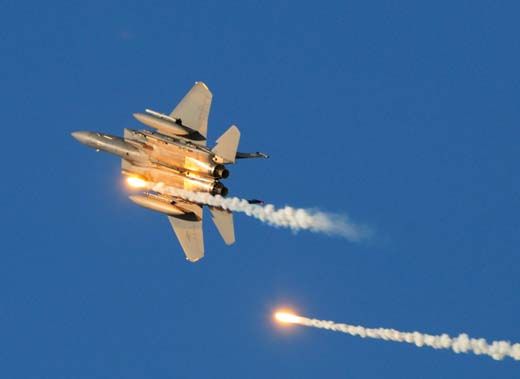
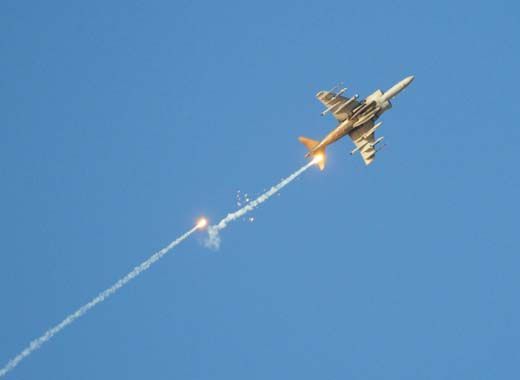
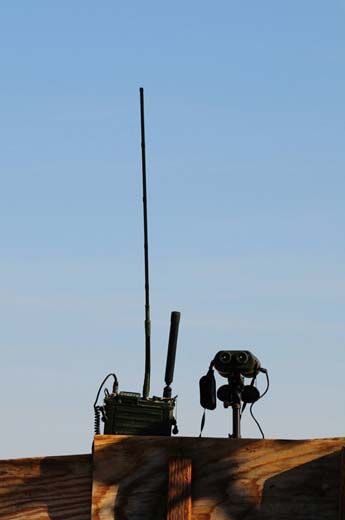
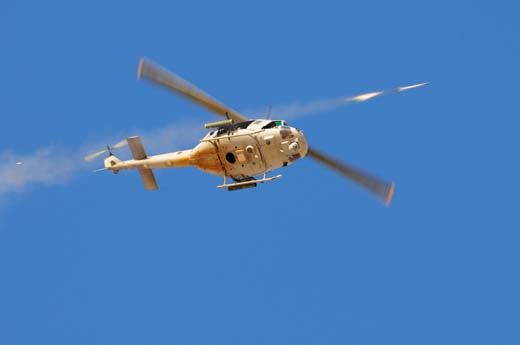
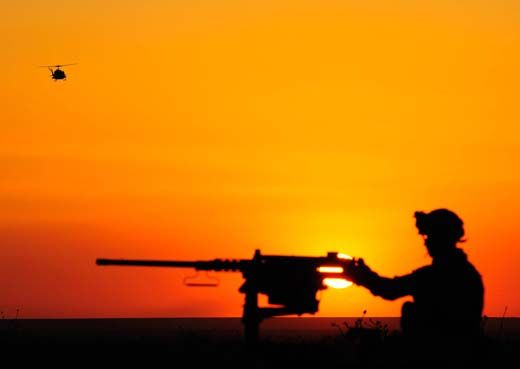
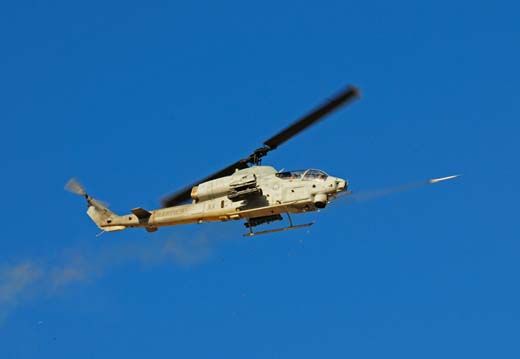
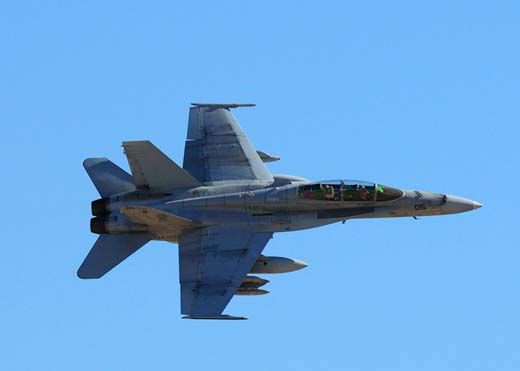
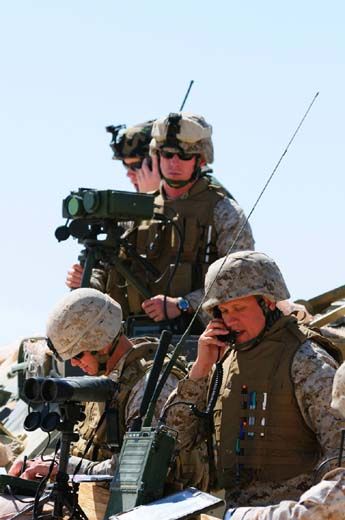
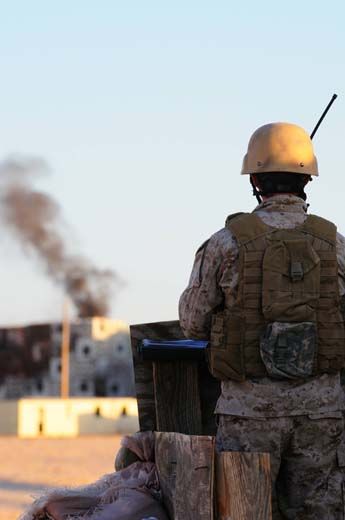
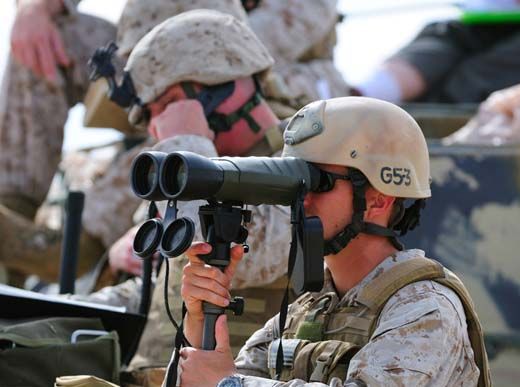
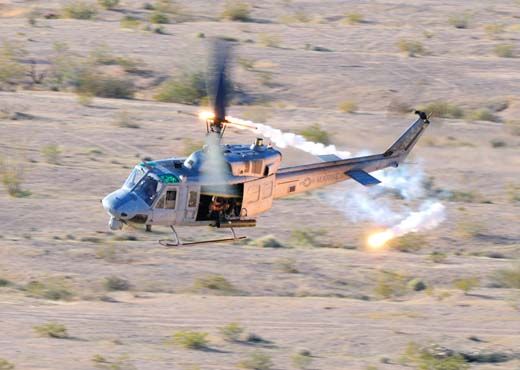
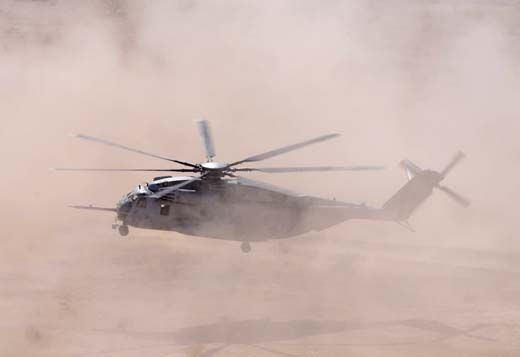
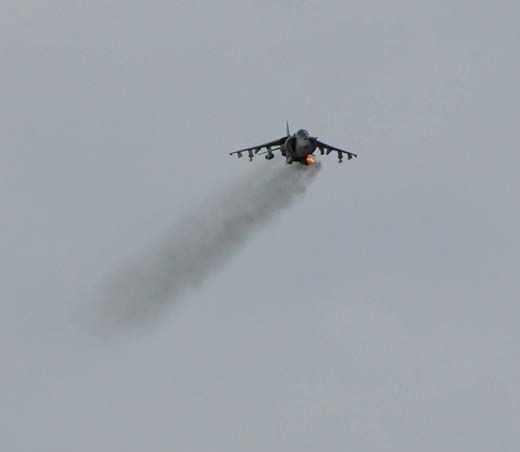
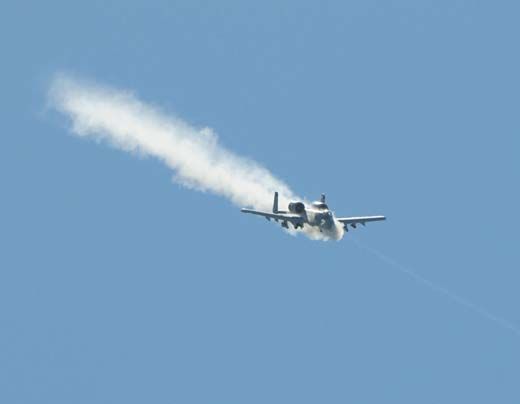
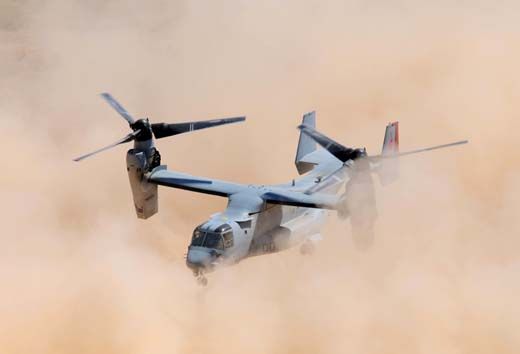
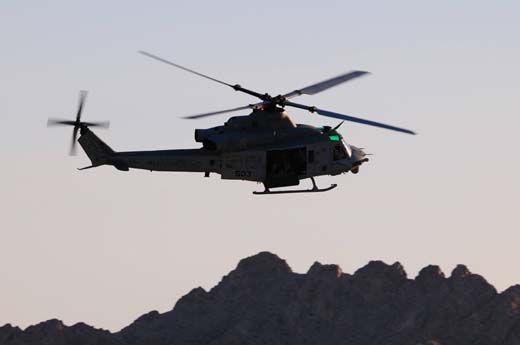
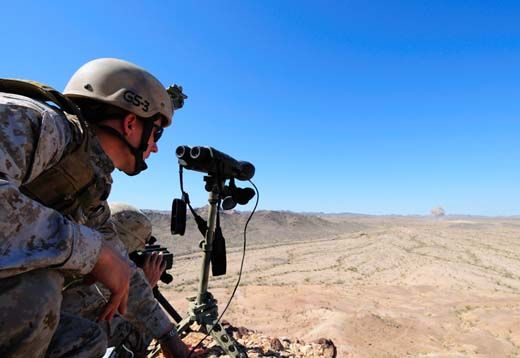
/https://tf-cmsv2-smithsonianmag-media.s3.amazonaws.com/accounts/headshot/ED_DARACK.jpg)